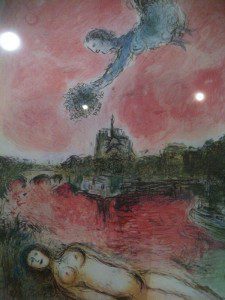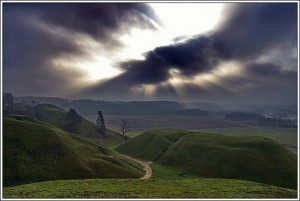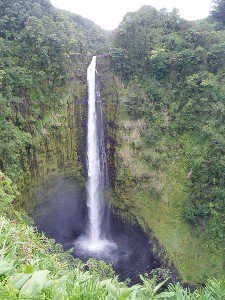Here are the open secrets of the Dreamtime. These insights, shared by many dreaming traditions and indigenous peoples, challenge the ruling paradigms of a culture that confuses the real with thephysical. They free us from the delusion that dreams are by-products of brain functioning and that mind is confined to a computer made of meat.
1. Dreams are real experiences.
There are big dreams and little dreams. In big dreams — in what Sri Aurobindo called “the sleep of experiences”, we are dealing with events, encounters, and challenges that are entirely real on their own level of reality, which may be located in another time or place, or in another dimension. Our dream memories may be garbled or muddy, but the dream is a real experience whose meaning lies within the dreamscape itself. The dream experience, fully remembered, is its own interpretation.
Shamanic dreamers tend to be quite literal-minded about dreams. If you dreamed you fell off a rock-face, you’d better remember to check your safety harness if there is any chance you might go rock climbing. If you flew with the eagle, you discovered a powerful spiritual ally — and your own ability to transcend the limitations of your physical body. If you dreamed of your dead uncle, before you start asking yourself what part of you he might represent, you should consider the possibility that you had a visit with him. Is he bothering you — maybe trying to cadge a drink or a smoke — or offering you help?
2. Dreams are flights of the soul.
Indigenous shamans say that in real dreams (waking or sleeping) one of two things is happening. Either you are journeying beyond your body, released from the limits of space-time and the physical senses; or you receive a visitation from a being — god, spirit, or fellow dreamer — who does not suffer from these limitations. In the language of the Makiritare, a dreaming people of Venezuela, the word for dream, adekato, means literally a “flight of the soul.”
The open secret is that consciousness if never confined to the body and brain. We discover this in spontaneous night dreams and intuitive flashes, when our left-brain inhibitions are down. As we become active dreamers, we can hone the ability to make intentional journeys beyond the body at any time of day or night.
3. You have a dreambody as well as a physical body.
I am leading one of my Active Dreaming circles. We are squatting around a centerspread with a white candle. Someone asks whether there is any way to prove that we are not dreaming. I pick up the candle and pour hot wax onto my hand. I feel a sting of pain as the wax sears the web of skin between my thumb and forefinger, and I tell the group, “I guess that proves I’m not dreaming.” Then I wake up.
What is this dream telling me? That I am a nitwit because I can’t tell whether I’m dreaming? If so, I will take solace from the fact that in most sleep dreams, most people are completely unaware that they are dreaming. Actually, I think this dream has a more interesting and specific message, related to the theme that dreams are real experiences. In my dreambody, I can know pleasure and pain just as vividly as in my physical body. I have more than one body, or vehicle of consciousness, and when I go into the dreamworld and other worlds, I go embodied. And so do you.
4. Dreams may be memories of the future.
We dream things before they happen in waking life. If you work with your dreams and scan them for precognitive content, you can develop a superb personal radar system that will help you to navigate in waking life. You can also learn to fold time and travel into the possible future in a conscious shamanic journey.
5. Dreaming, we choose the events that will be manifested in our waking lives.
The fact that we dream things before they happen does not mean everything is predetermined. If you do not remember your dreams, it may be that you are condemned to live them; if you don’t know where you’re going, you will likely end up where you are headed. But if you remember dreams and screen them for messages about the future, you will find yourself able to make wiser choices. You will discover that by taking appropriate action you can often avoid the enactment of a “bad” dream or bring about the fulfillment of a happy one. As you become an active and conscious dreamer, you will find yourself increasingly able to choose inside the dreaming the events that will be manifested in your waking life.
6. The path of the soul after death is the path of the soul in dreams.
Your dreambody does not die when your physical body loses it vital signs. You will live on in your dreambody for a shorter or greater time, according to your ruling passions and personal evolution. You will find yourself, as you do each night in dreams, in a realm where thoughts are things, and imagination, the great faculty of soul, can create whole worlds.
You come from the Dreamtime, and you are released into the Dreamtimewhen you leave your physical body behind for good (or otherwise). Active dreaming is excellent preparation, not only for what lies before you on the roads in this life, but for the journey you will make after physical death. How do you know for sure? By doing it.
~
Adapted from Dreamgates: Exploring the Worlds of Soul, Imagination and Life Beyond Death by Robert Moss. Published by New World Library.


